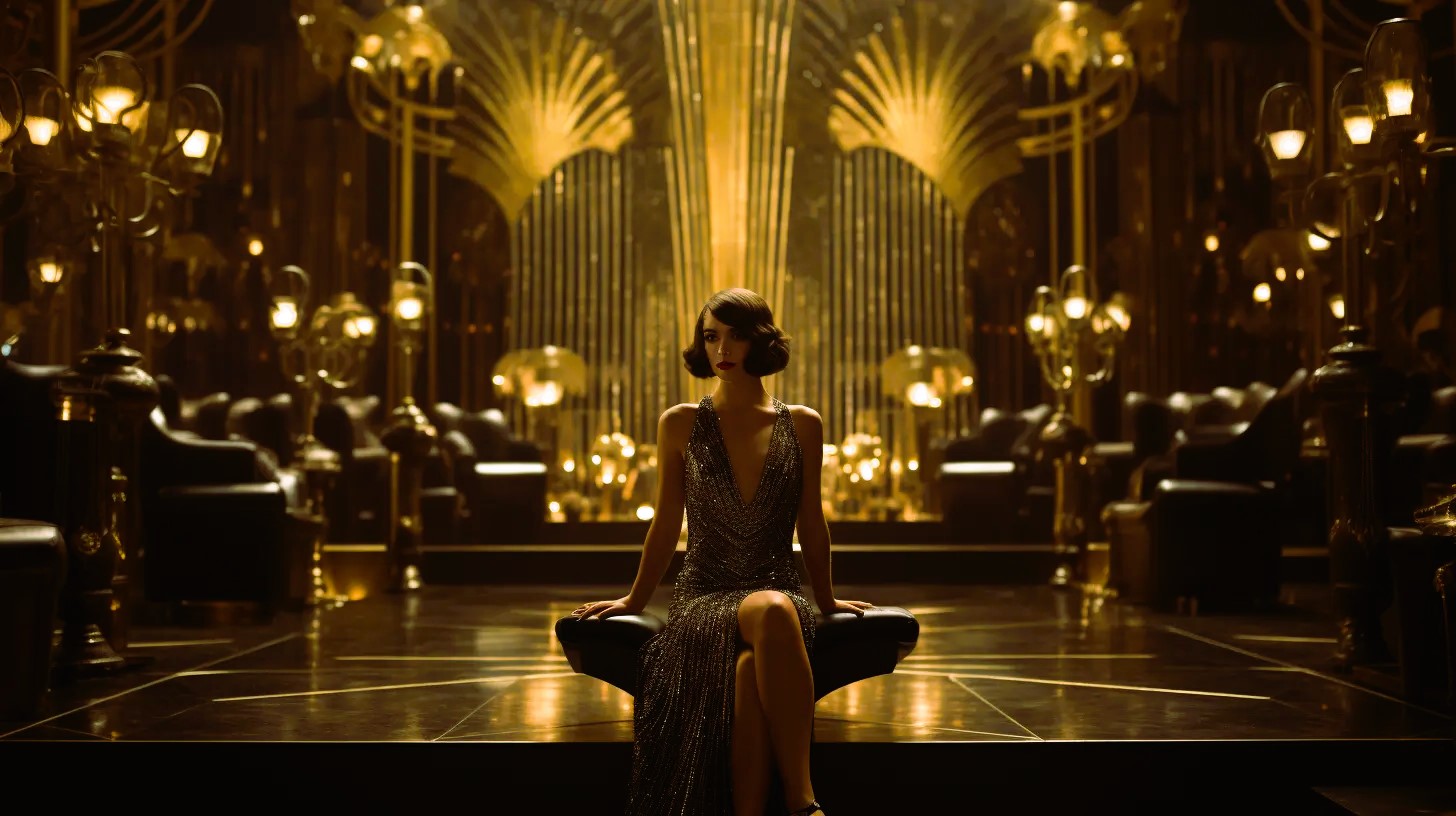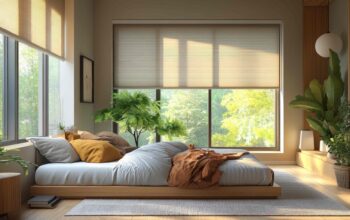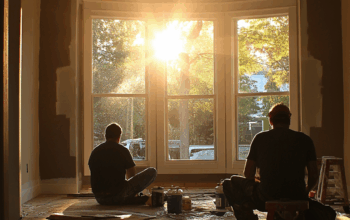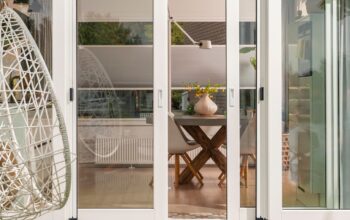Art Deco, with its sleek lines, geometric shapes, and bold colors, emerged in the early 20th century as a celebration of modernity and luxury. Characterized by its opulent materials and lavish ornamentation, Art Deco became synonymous with glamour and sophistication during the Roaring Twenties and the Jazz Age. While its popularity waned in the mid-20th century, Art Deco is experiencing a revival in contemporary design, with designers and homeowners alike embracing its timeless elegance and iconic aesthetic. In this article, we’ll delve into the Art Deco revival and explore how this iconic style is making a comeback in the world of interior design and architecture.
1. A Brief History of Art Deco
Art Deco originated in France during the 1920s and quickly spread to other parts of the world, becoming one of the most influential design movements of the 20th century. Inspired by a variety of sources, including ancient Egyptian art, Cubism, and the machine age, Art Deco was characterized by its emphasis on geometric forms, streamlined shapes, and luxurious materials. It found expression in architecture, interior design, fashion, and the decorative arts, leaving an indelible mark on the visual landscape of the era.
2. Key Elements of Art Deco Design
Art Deco design is characterized by several key elements that define its distinctive aesthetic. Geometric shapes such as zigzags, chevrons, and sunbursts are commonly used to create dynamic and visually striking patterns. Symmetry and repetition are also hallmarks of Art Deco design, reflecting the movement’s fascination with order and balance. Additionally, Art Deco interiors often feature luxurious materials such as marble, chrome, glass, and exotic woods, which lend an air of opulence and sophistication to the space.
3. The Art Deco Revival
While Art Deco fell out of favor in the mid-20th century in favor of more minimalist and functionalist design styles, its allure never truly faded. In recent years, there has been a resurgence of interest in Art Deco aesthetics, with designers and homeowners rediscovering its timeless appeal and incorporating elements of the style into contemporary interiors. From bold geometric patterns and rich, jewel-toned colors to sleek, streamlined furniture and glamorous accessories, the Art Deco revival is all about bringing the glamour and elegance of the Jazz Age into the 21st century. Design the perfect outdoor entertaining space, read more in the article entitled Patio Perfection.
4. Incorporating Art Deco into Contemporary Design
One of the reasons for the renewed interest in Art Deco is its versatility and adaptability to modern tastes. While staying true to its iconic aesthetic, contemporary interpretations of Art Deco often blend seamlessly with other design styles, creating spaces that are both timeless and on-trend. Whether it’s a luxurious penthouse apartment, a chic boutique hotel, or a stylish cocktail bar, Art Deco-inspired interiors exude a sense of drama, sophistication, and old-world glamour that captivates and delights.
5. Art Deco in Architecture
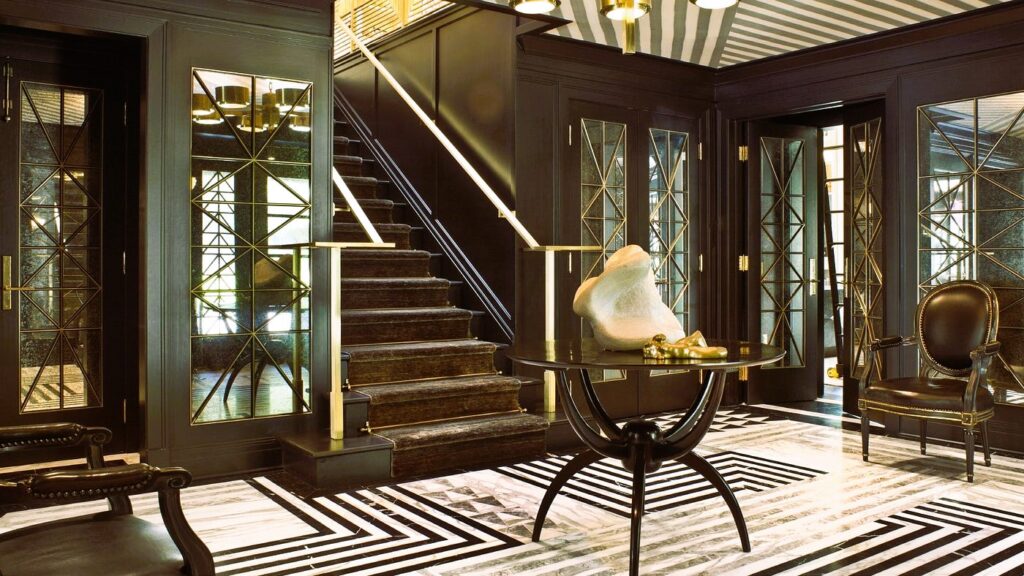
In addition to interior design, Art Deco is also experiencing a resurgence in architecture, with new buildings and renovations paying homage to the style’s iconic features. From soaring skyscrapers with stepped setbacks to glamorous movie palaces with neon-lit facades, Art Deco architecture continues to inspire awe and admiration. Preservation efforts have also helped to safeguard historic Art Deco landmarks, ensuring that future generations can continue to appreciate their beauty and significance.
6. The Future of Art Deco
As we look to the future, it’s clear that Art Deco will continue to exert its influence on design and culture for years to come. Its timeless elegance, bold aesthetic, and sense of escapism resonate with people of all ages and backgrounds, making it a perennial favorite among designers and enthusiasts alike. Whether it’s a small accent piece or a full-blown Art Deco-inspired renovation, incorporating elements of this iconic style into your home or space is sure to imbue it with a sense of glamour, elegance, and sophistication that is truly timeless.
Conclusion
The Art Deco revival is in full swing, with designers and homeowners embracing the style’s glamorous aesthetic and timeless elegance. From bold geometric patterns and luxurious materials to sleek, streamlined furniture and opulent accessories, Art Deco-inspired interiors exude a sense of drama, sophistication, and old-world glamour that is as relevant today as it was during the Jazz Age. By blending classic Art Deco elements with contemporary design sensibilities, we can create spaces that are both timeless and on-trend, paying homage to one of the most iconic design movements of the 20th century.
For further exploration of design standards and principles, you can visit the Wikipedia page on Art Deco.

